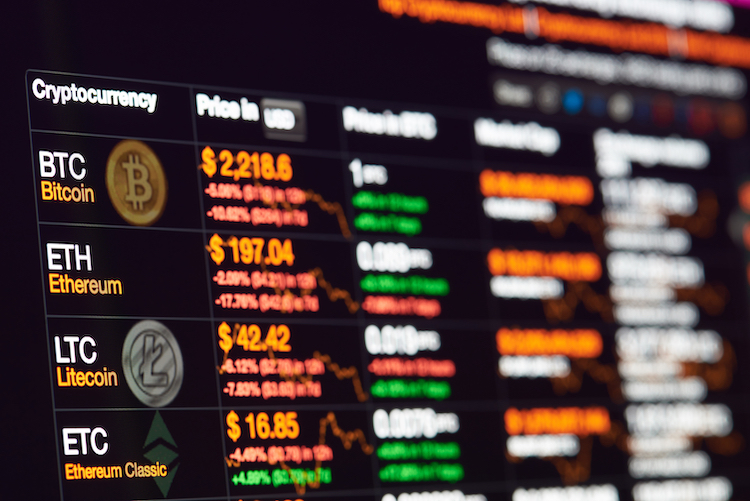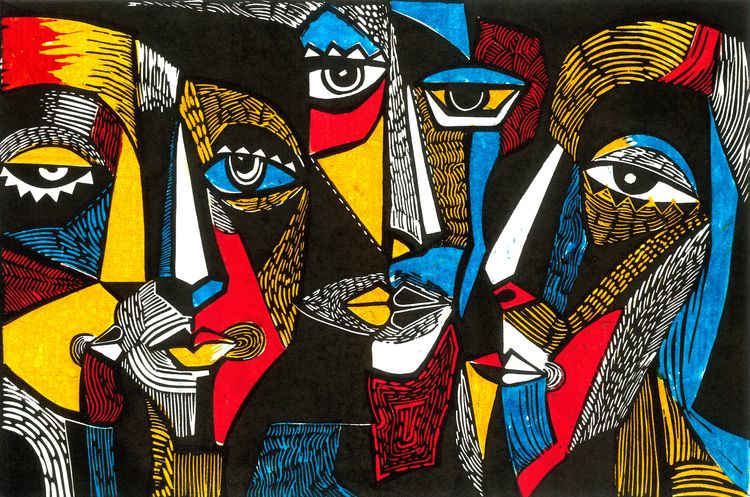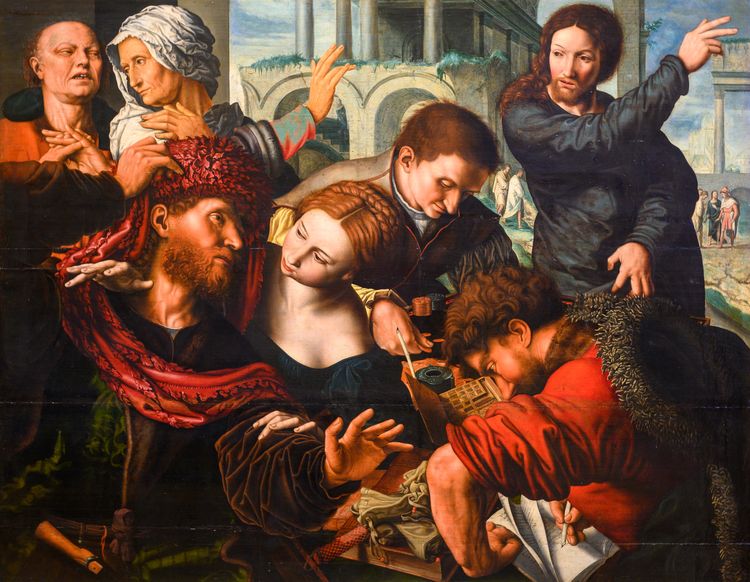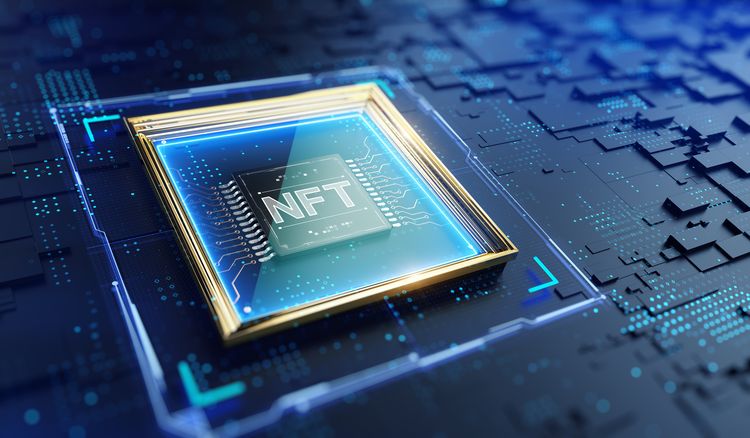What You’ll Want To Know Before You Invest in NFTs
Seems like NFTs are everywhere in the news. It’s a term that’s bandied about in everyday business discourse, but should you know about them before you invest?
Non-fungible tokens (NFTs) are cryptographic assets on a blockchain with unique identification codes and metadata that distinguish them from each other. Unlike cryptocurrencies, they can’t be traded or exchanged at equivalency, which is a significant difference from fungible tokens like cryptocurrencies that are identical to each other and can be used as a medium for commercial transactions.
For many people, crypto art can be a first step in art collecting, but for those who are looking at art as a new investment option, NFTs may be just a tad too volatile. Although physical art collecting was once the purview of the rich and famous, today’s investment platforms make it easier, and more affordable, to buy shares in contemporary art.
Read on to learn more about the pros and cons of investing in NFTs as compared to purchasing physical art.

Market Volatility
Wild NFT swings are nothing new. Some recent booms in the NFT market are the result of celebrity creators and endorsements that have helped garner attention and snag the interest of potential investors.
New offerings can take center stage, especially when they’re presented at a great initial sale price. But as time goes on and the initial level of attention fades, so, too, can the asset’s eye-popping value.
In contrast, contemporary art presents a steadier opportunity for those with an eye for growth that can maximize profit. During the last 25 years, the physical art market has experienced losses of only 4%. In addition, it outperformed the S&P 500 by 174% in that same time period.

The Expanding Art Market
It sure paints a positive picture: Contemporary art has long been a darling of savvy investors owing to its history of remaining stable despite rising interest rates, taxation, and inflation. During just a matter of a few weeks in February of 2022, major global auction houses sold off more than $1 billion worth of art.
Platforms such as Masterworks have helped make it easier for consumers to view, browse, and buy art online. With this newfound availability, art collection is no longer a playground for just the ultra-rich, but a source of investing that invites a broader spectrum of people to snatch up works or invest in new artists with serious potential.

Trendy vs. Timeless
In 2020 and 2021, news about NFTs was here, there, and everywhere. Excitement was in the air, and the crypto market saw a boom. But who knows if, and when, there might be a bust; we’ve all heard that adage, “What goes up must come down.”
On the flip side, the desire to collect contemporary art appears timeless. As an established market throughout generations, art collection may not make for splashy headlines, but it also tends to not sink investors’ hopes of seeing a return on their money.

The Proof Is In The Pudding (Or The Paint)
Art collecting, at least in its modern form, dates back to the 15th Century Renaissance. Collectible NFTs? Not so much. While NFT technology has existed for about seven years, NFT collecting didn’t take firm hold until about 2017.
When you’re thinking about making a potential investment in a specific asset, you’ll want to assess how well – or poorly – it performed in various markets throughout the years. Buy because NFTs are still relatively new, ascertaining useful information about trends, performance, and predictions is in short supply. In contrast, physical art has been valued and traded over a long period of time, making it easy for analysts to understand, and predict, how it will react to certain market trends.

The Cryptocurrency Connection
Pieces of physical art can be purchased with U.S. dollars or other fiat currency that has the backing of a central government. Not so with NFTs: They must be purchased with cryptocurrencies, which are highly volatile and unregulated.
Time has shown that crypto values can rise and fall, well, at the drop of a dime. The NFT connection to crypto adds a major layer of volatility to NFT collecting and is worth taking into consideration before making any purchases.
